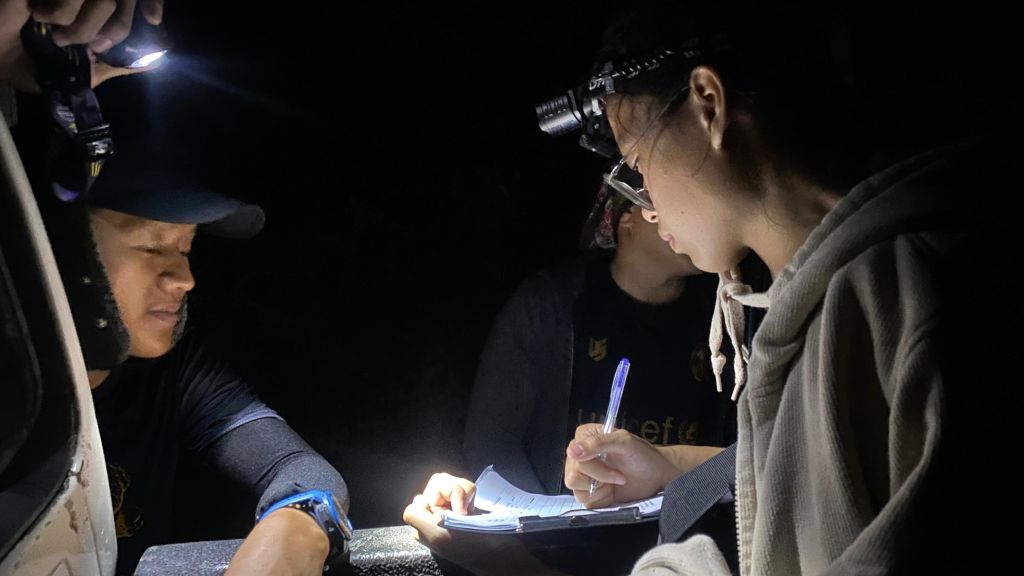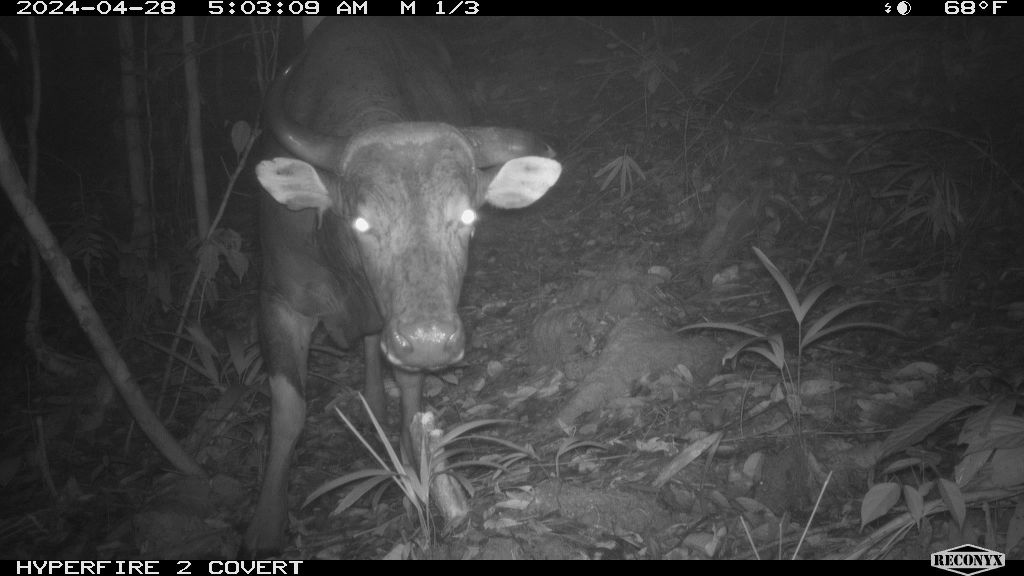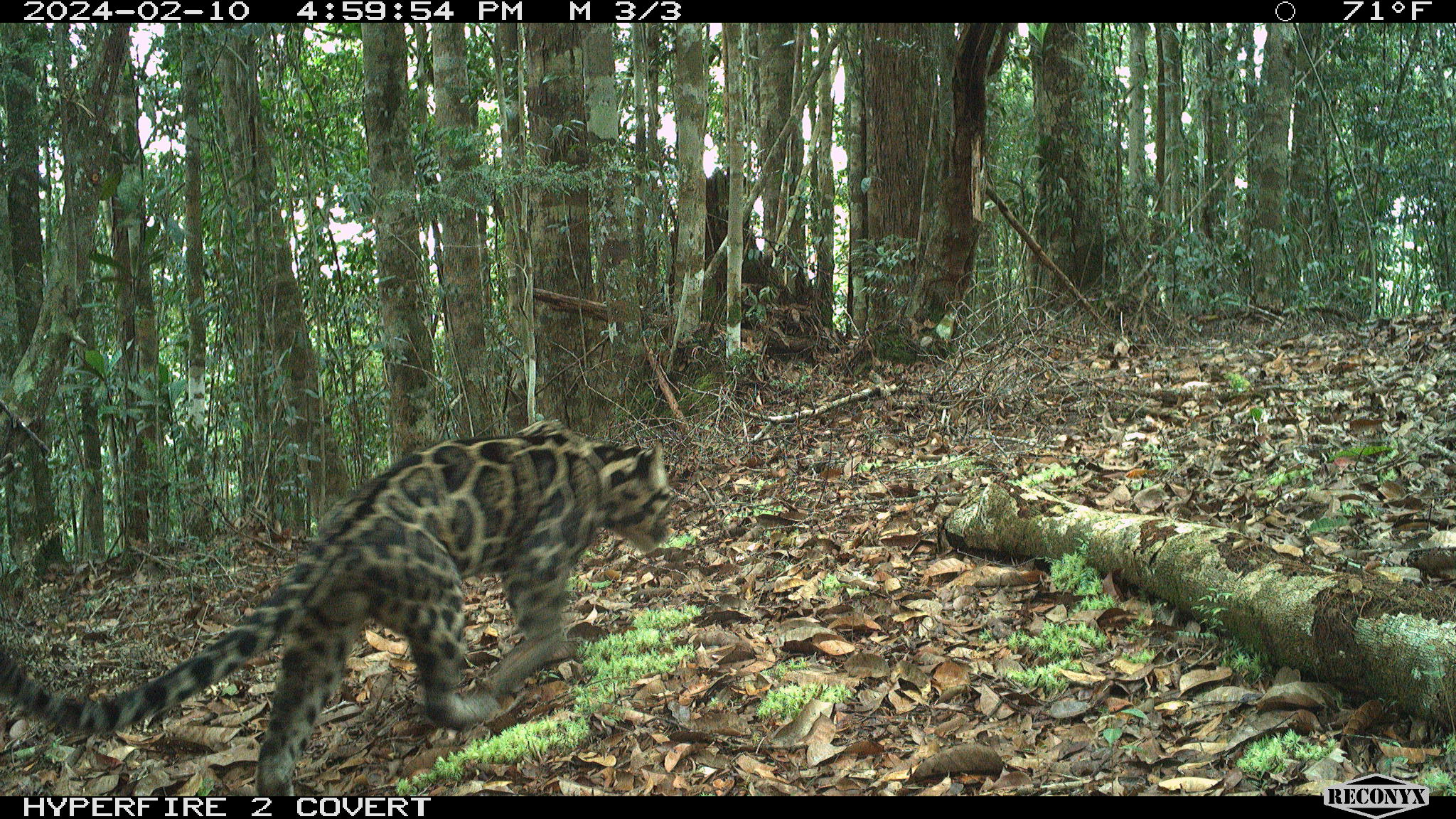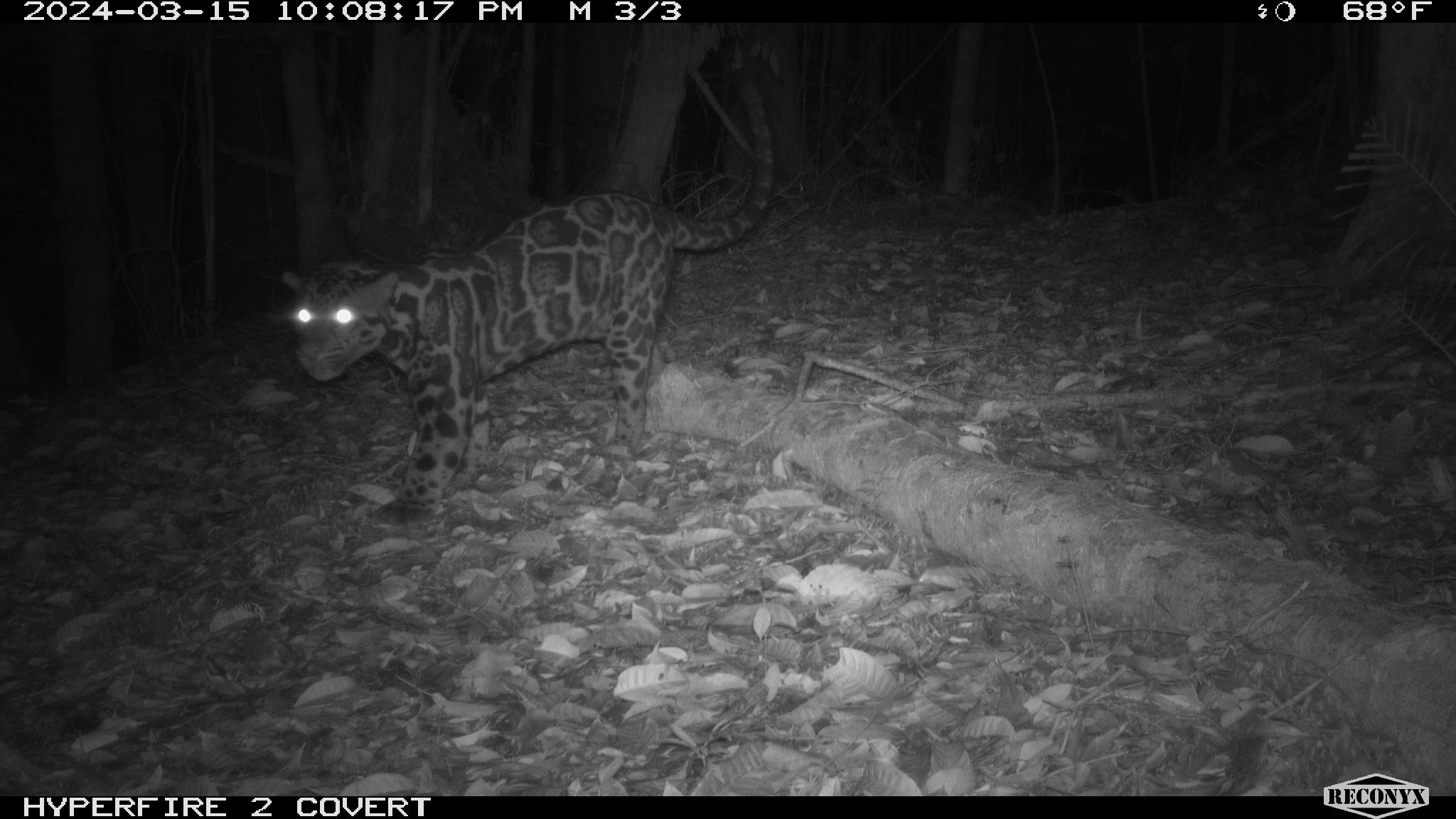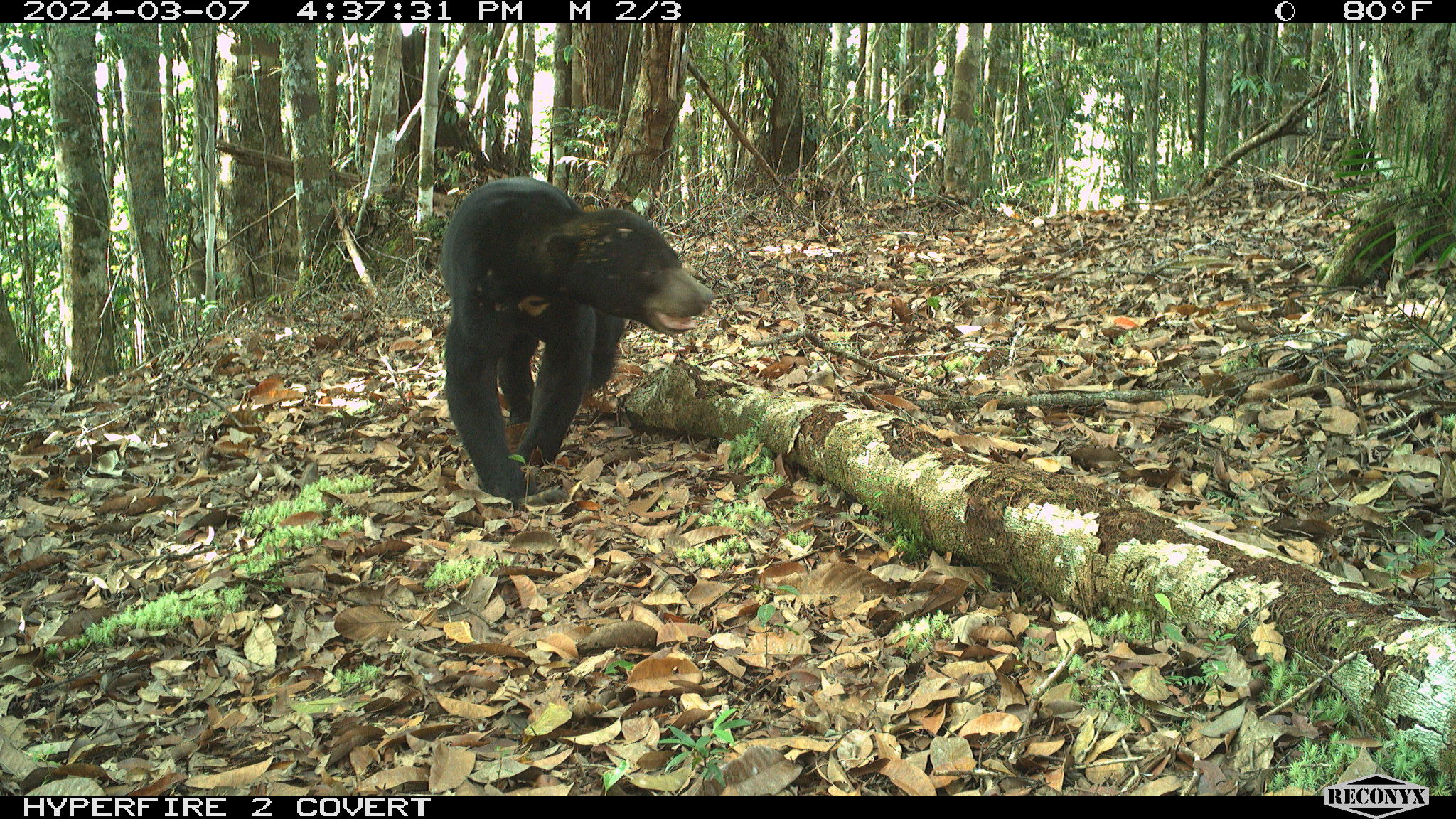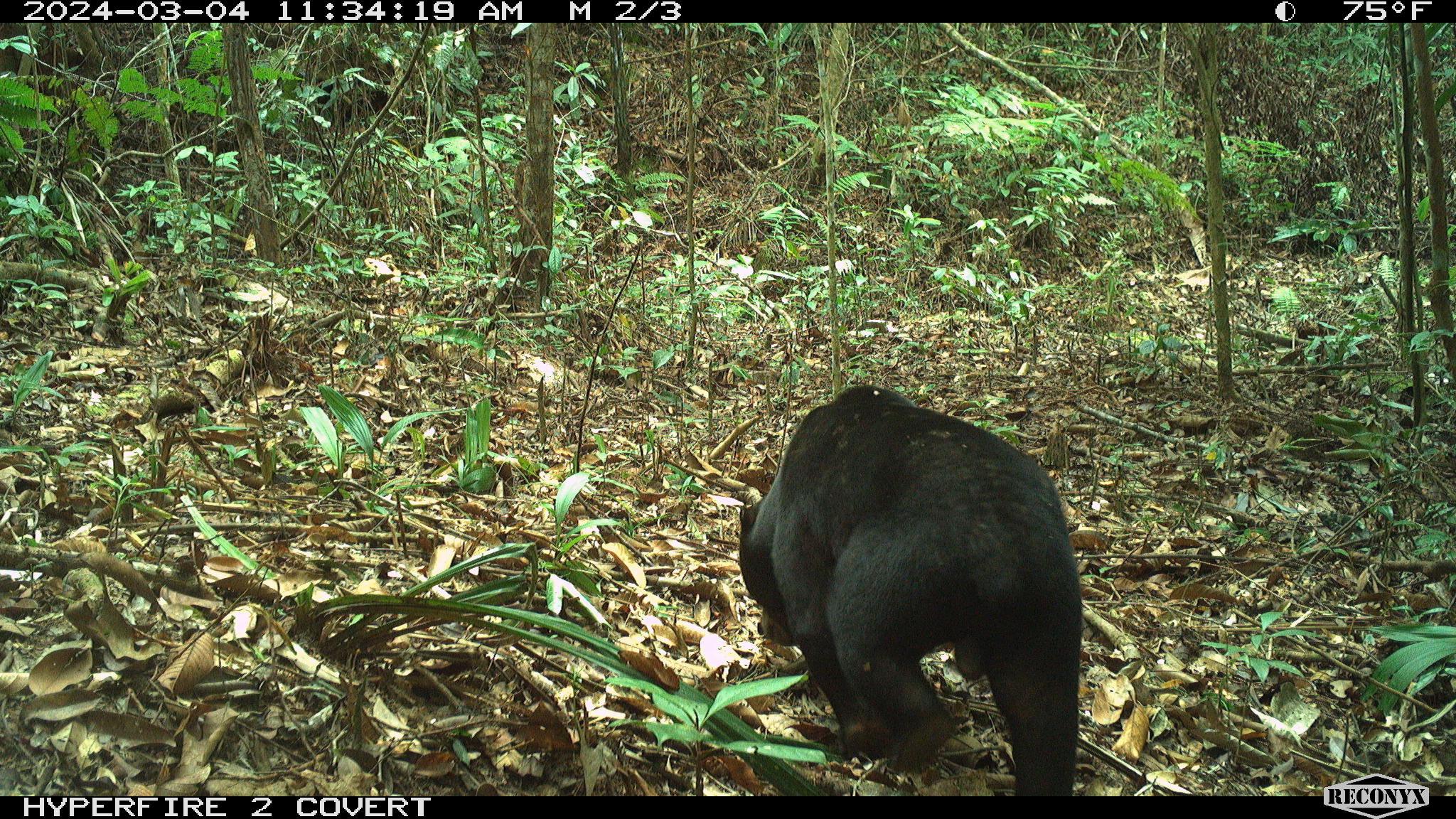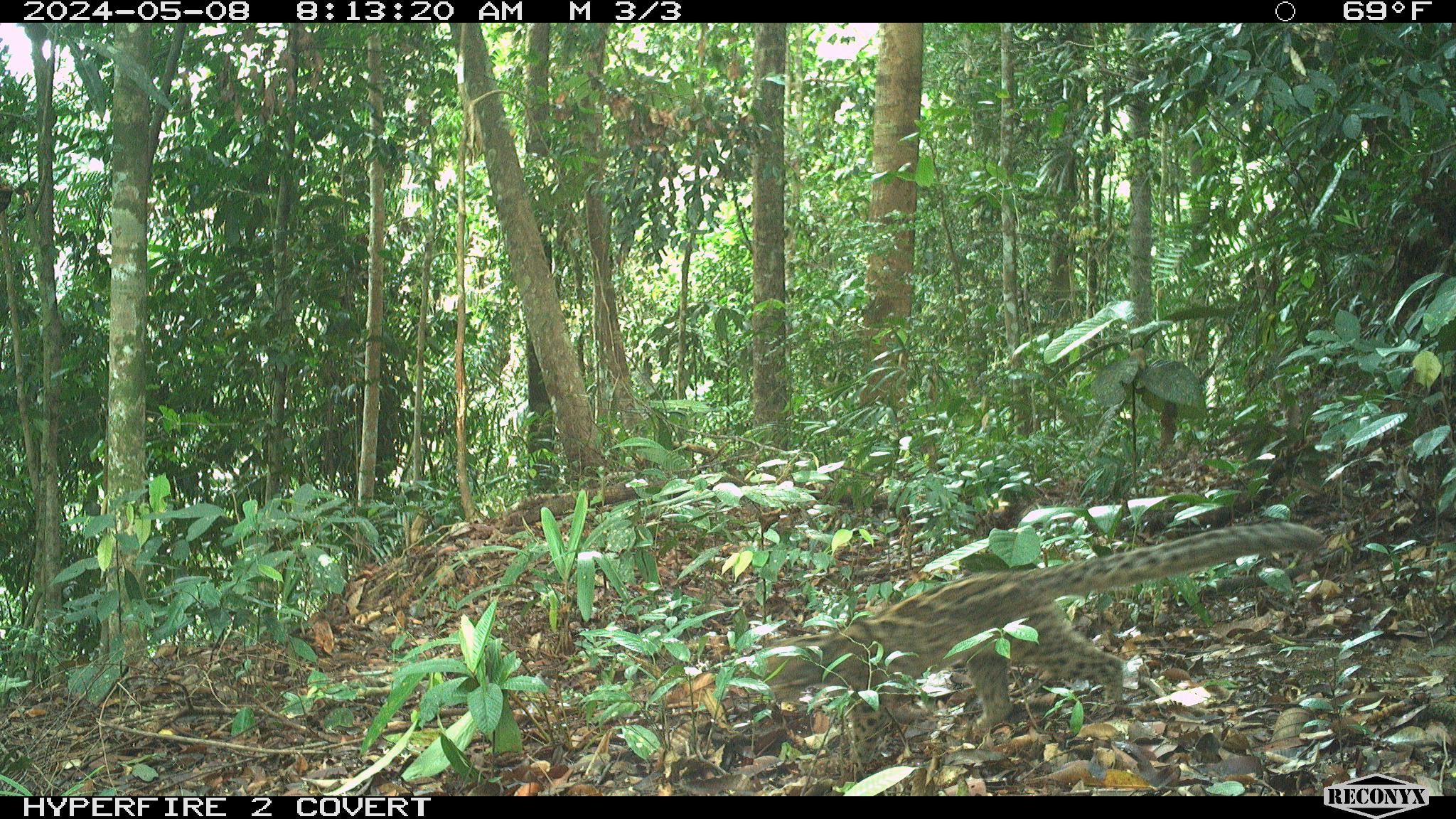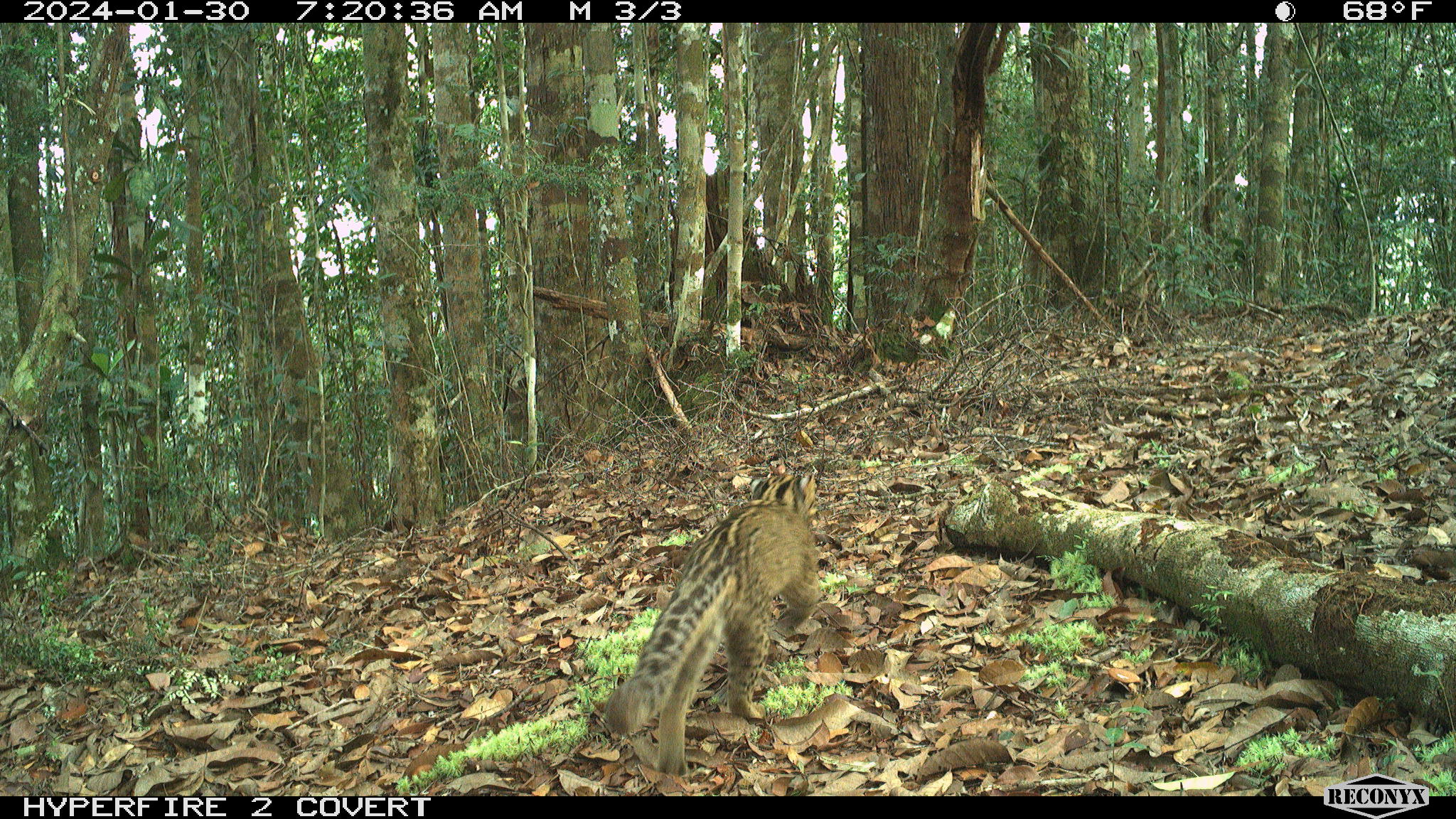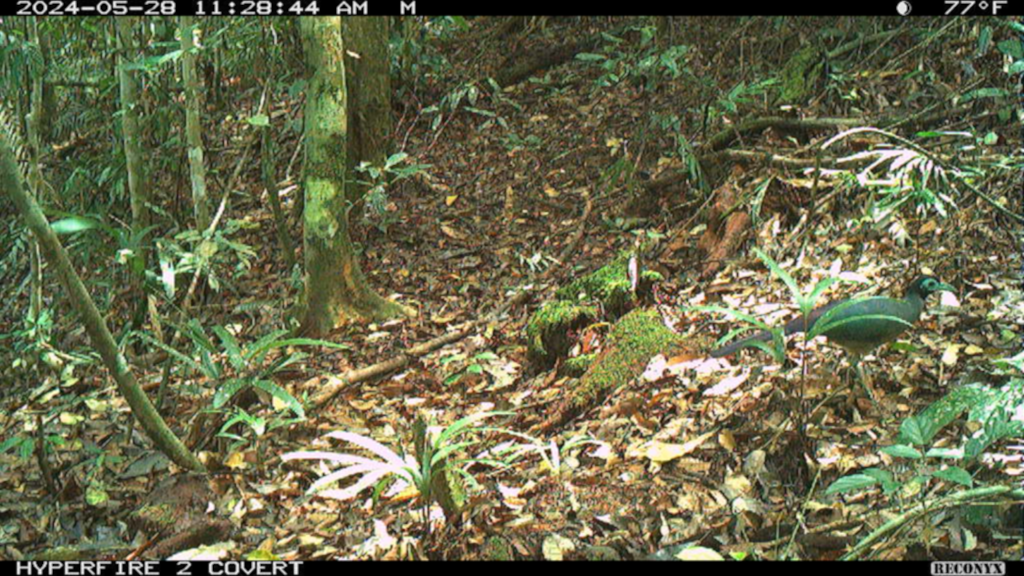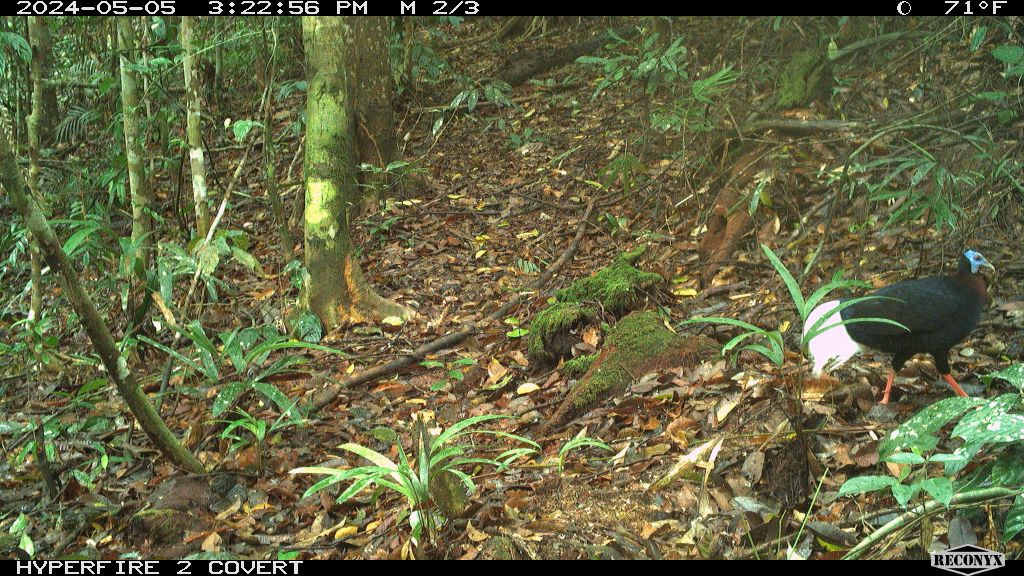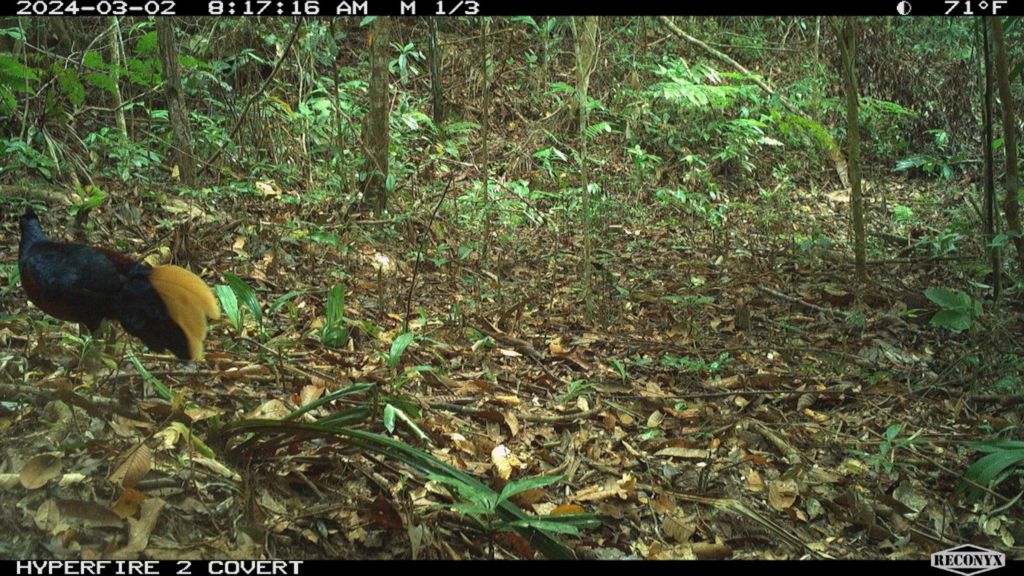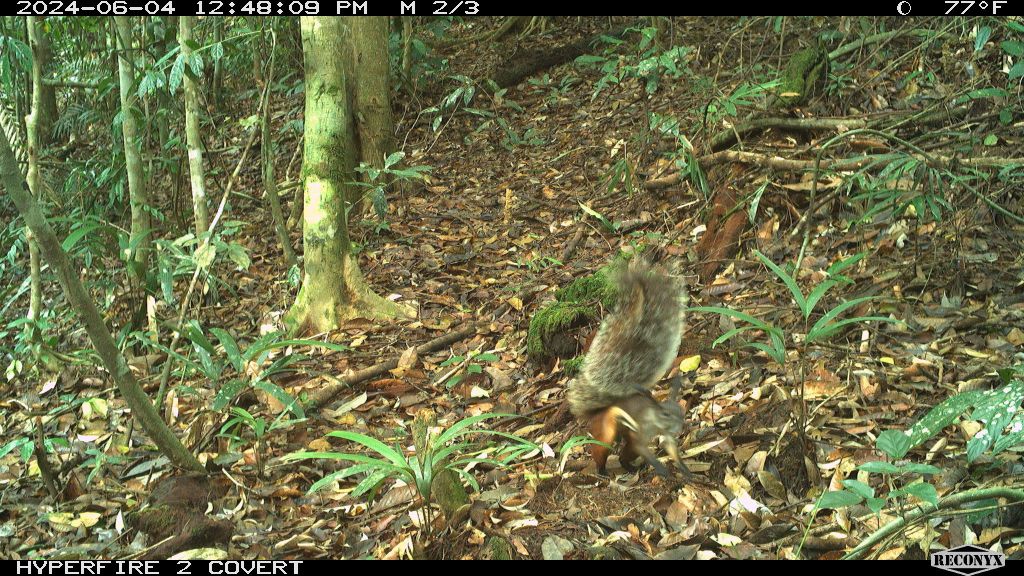Author: Julius Miajim and Adcihlyine Jambre (Internship Student); Edited by: Deckna Mosinoh; Published Date: 20th June 2024
In just half a year, 3 camera traps installed in the Sapulut’s FMU area have captured more than 1500 pictures of animals including the remarkable of RTE (Rare, Threatened and Endangered) species.
Sapulut’s Forest Protection Department (FPD) under its Wildlife Unit describes how we monitor which animals are present inside Sapulut’s FMU area.
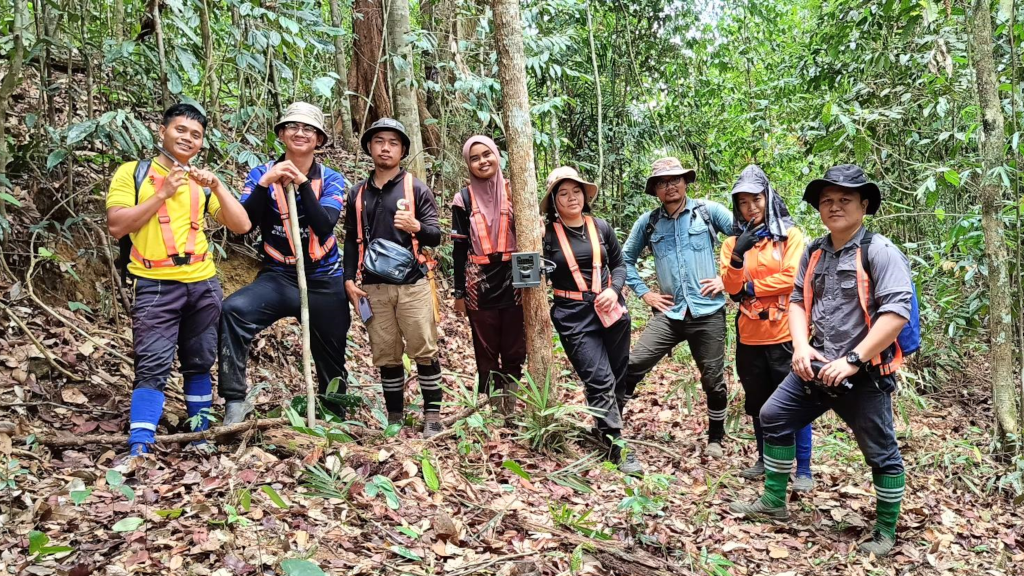
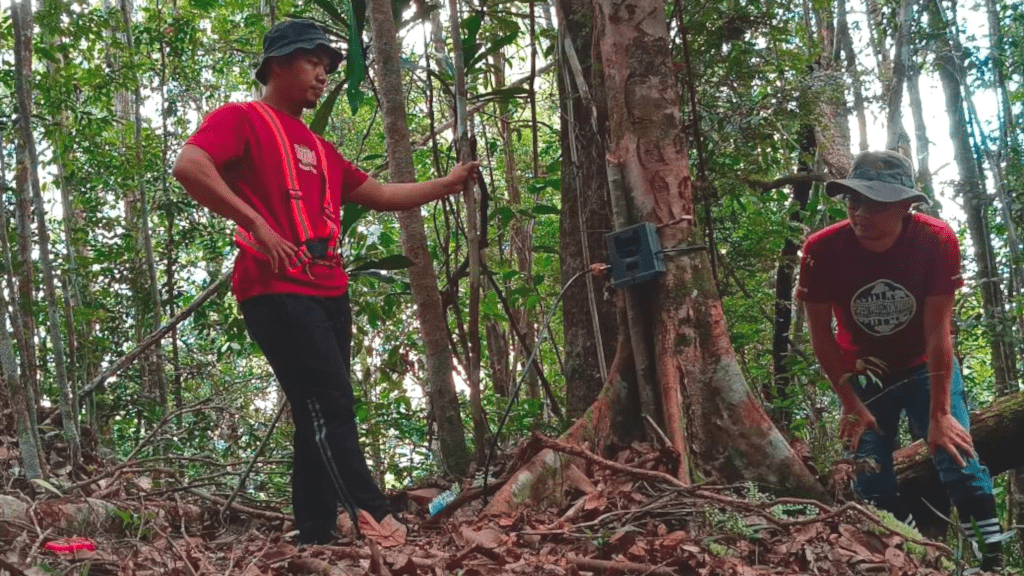
Wildlife monitoring using camera traps is conducted to investigate the impact of forest operation on wildlife densities in Natural Forest area. Since January until June 2024, six wildlife monitoring points have been established inside the Forest Management Unit (FMU) area to set up the camera trap including the salt lick area, the usual location for mammals and where many types of animals can be monitored. Camera traps are installed for at least 2 to 3 months at one monitoring point. The Wildlife Unit will continue to monitor the population of wildlife species and undertake a continuous monitoring program.
Wildlife monitoring involves systematically observing and recording information about animal populations and their habitats. In Forest Protection Department, the wildlife monitoring process has been carried out through various methods, namely RECCE walks/walk surveys by foot, camera traps, and night spotting. The primary goals of wildlife monitoring are population and habitat assessment, conservation planning, understanding wildlife behaviour and detecting threats. Wildlife monitoring is essential to effective conservation efforts, as it provides the scientific basis needed to make informed decisions and implement strategies to sustainably protect and manage wildlife and their habitats.
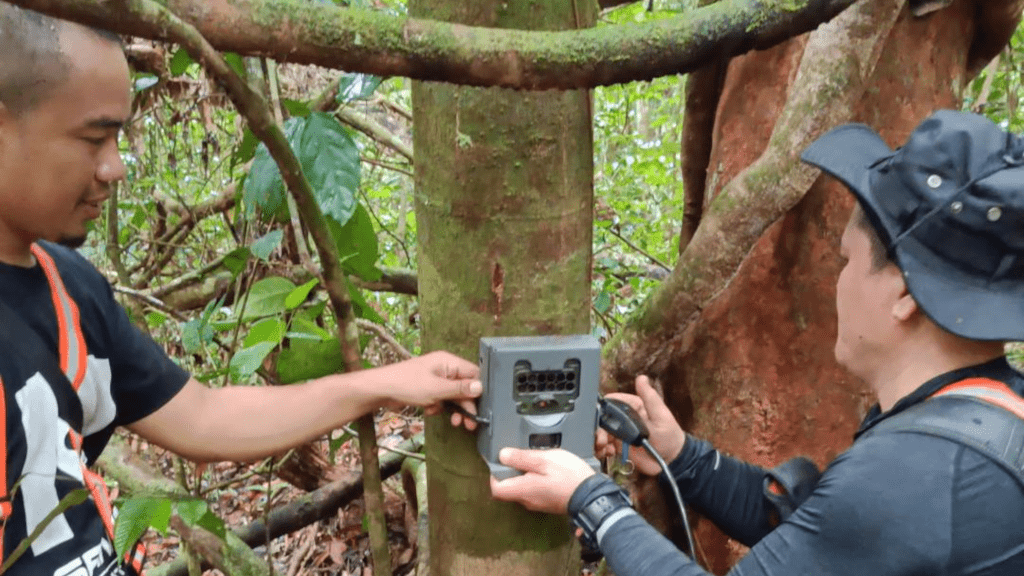
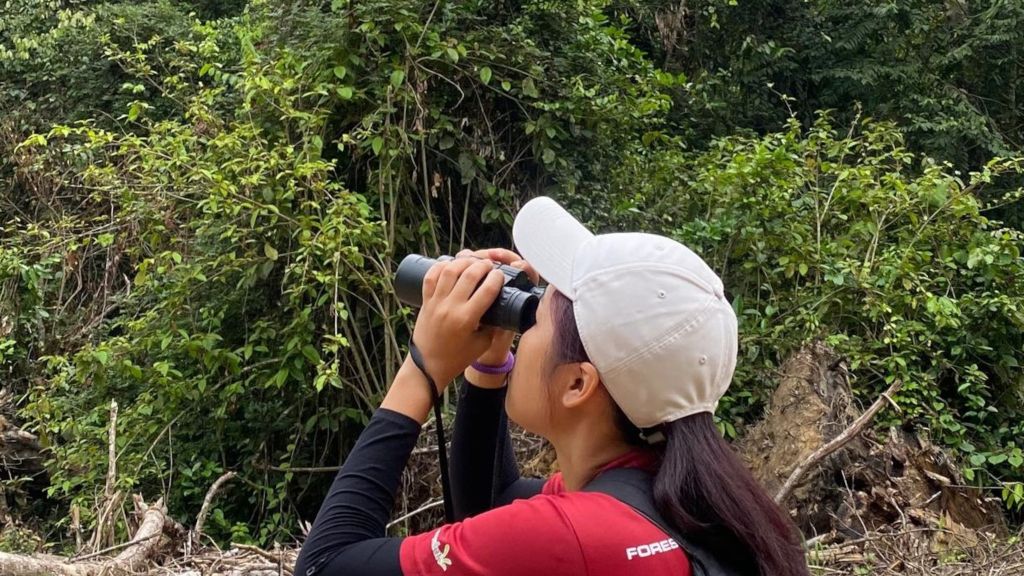
Mammal observation is conducted by recce walk during the day from 8.00 am to 12.00 pm. Two types of observations are used in this monitoring. First is direct observation and second is indirect observation. Direct observation is the observation where the animal’s figure is seen directly by the Forest Ranger, while indirect observation, the presence of the animals is only based on the activities of mammals such as sounds, footprints, and claw marks left by the animals.
Signs of wildlife will be recorded on the RECCE form along with other details such as species observed, habitat characteristics, and any other relevant ecological information.
Night spotting, also known as nocturnal wildlife surveying, is a method of observing and surveying wildlife species that are active at night. This approach is particularly useful for studying nocturnal animals such as owls, bats, some mammal species, and certain insects.
